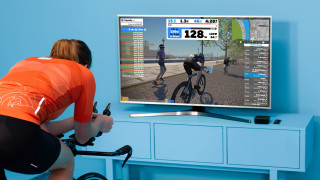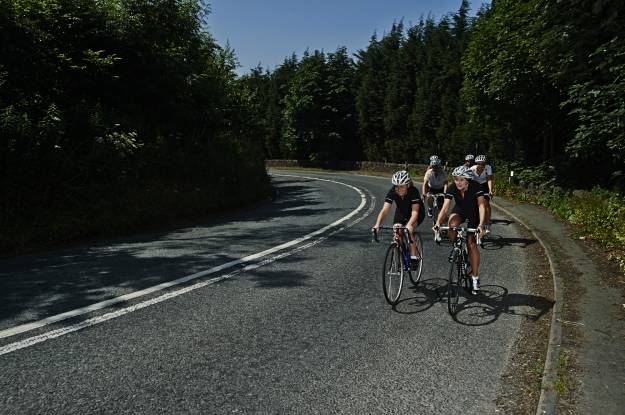If you’re doing the majority of your cycling on the indoor trainer at the moment, follow these tips to ensure you stay healthy.
Fuelling and hydration
Make sure you are well fuelled for all sessions as exercising when under-fuelled can have a negative impact on immune function. For this reason, we wouldn’t recommend any form of fasted training at the moment.
The importance for good fuelling particularly applies to longer sessions of 90 minutes or more but, equally for shorter more intense sessions, ensure that you follow a good pre and post ride routine.
You’ll typically require more fluids when riding indoors so make sure you have plenty available. You won’t necessarily require carbohydrates in your bottles for shorter sessions but you should add electrolytes.
Fuelling and Hydration for Indoor Cycling
Keep cool
Not only will overheating reduce your performance but it also puts an unnecessary strain on your body. If you’re producing pools of sweat, you need more cooling and ventilation. Invest in a couple of powerful fans and try to open all doors and windows to encourage airflow.
Clean your pain cave
Your sweaty pain cave, especially your bike, is a breeding ground for bacteria so, at the end of every session, give it a good clean - ideally using an anti-bacterial spray. This will also help to prevent corrosion. Mop the mat/floor under your bike and ensure that any towels you use during the session are washed on a hot cycle.
Indoor Cycling Bike Care and Maintenance
Personal hygiene
Because of less weight shifting and more sweating, saddle soreness and potential infections are more likely with regular indoor cycling so good personal hygiene is essential.
Hopefully this goes without saying but always use clean shorts. Even if you’ve just done an easy recovery session, don’t be tempted to re-use kit without washing.
Using chamois cream will help massively with discomfort during the session and, if you use a brand with tea tree oil or a similar nature antibacterial agent, it can help prevent sores and infections.
At the end of a session, don’t hang around in your sweaty kit looking at your workout data or race results - that can wait until you’ve showered.
Structure your training
One of the big advantages of indoor cycling is the focus and intensity of the sessions but this can also be a downside. If you don’t have any structure to your training, it’s easy just to keep battering yourself with hard sessions every day. This can especially be the case if you get into racing on Zwift. By constantly going hard, your performance will start to drop off as you build fatigue and it’s easy to fall into a state of overtraining and potentially illness.
At the very least, try to follow to rule of thumb of a hard day followed by an easy or rest day.
However the ideal is to follow a structured training plan that’s appropriate to your ability. Check out the British Cycling Digital Training Plans.
Stay mobile
A combination of less weight shifting and movement when riding compared to cycling outdoors and the tendency, especially when racing indoors, to push bigger gears can exacerbate issues such as lower back soreness and hip flexor tightness.
Combat this with regular mobility work and/or yoga sessions.
Back and lower body mobilisation routine














